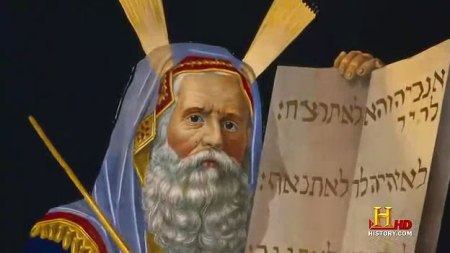Adapted from: http://jerryandgod.com/2012/06/26/the-passover/
The Laws of Moses and Laws of Eshnunna
Eshnunna, which lay east of Babylon, was for a brief period a dominant city in Mesopotamia, and a code of laws has been discovered from this civilization.
Judging from the fragments that remain of the laws’ superscription, it appears that King Dadusha issued this law code for his city.
It is the earliest example of an Akkadian law code discovered to date and anticipates form and content its successor, the much moore famous Code of Hammurabi (who conquered Eshnunna).
The code of Eshnunna is fairly short but covers a wide range of topics, including price controls for products like barley and wool and regulations involving theft, the status of slaves, marital relations, crimes of violence, and vicious animals.
It includes, for example, laws concerning a dangerous ox and the liability of its owner, which are closely paralleled in Ex 21:28-32.
The Eshnunna law code is significant for Biblical studies. It confirms that a code of laws similar to those we find in the Bible could have existed as early as the time of Moses.
Some historians have argued that the bulk of Israel’s laws were very late, coming into existence long after Moses’ day.
But we think instead that Dadusha was King David himself, ruling Mesopotamia, and continuing to apply the now ancient Laws of Moses.
The laws of Eshnunna began with a royal superscription that proclaimed this standardization as instrumental in establishing justice, eliminating enmity, and protecting the weak.

No comments:
Post a Comment